Japanese Bliss: A Day in Kumano
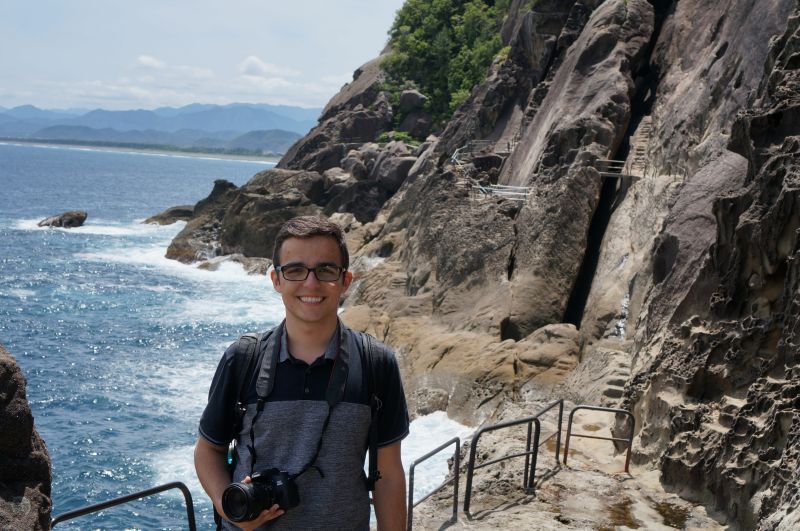
Kumano is a city in Southern Mie prefecture in the Higashi Kishu area that boasts a variety of attractions and UNESCO World Heritage Sites. Within minutes, you are able to enjoy historic shrines, ancient pilgrimage routes, picturesque walking trails, and breathtaking views of nature. In this blog, Mie Prefectural Government Intern and Harvard University Student Deni Hoxha writes about his impressions from a day trip to various sites in Kumano including Tenmasou, Hananoiwaya, Onigajo and Maruyama Senmaida.
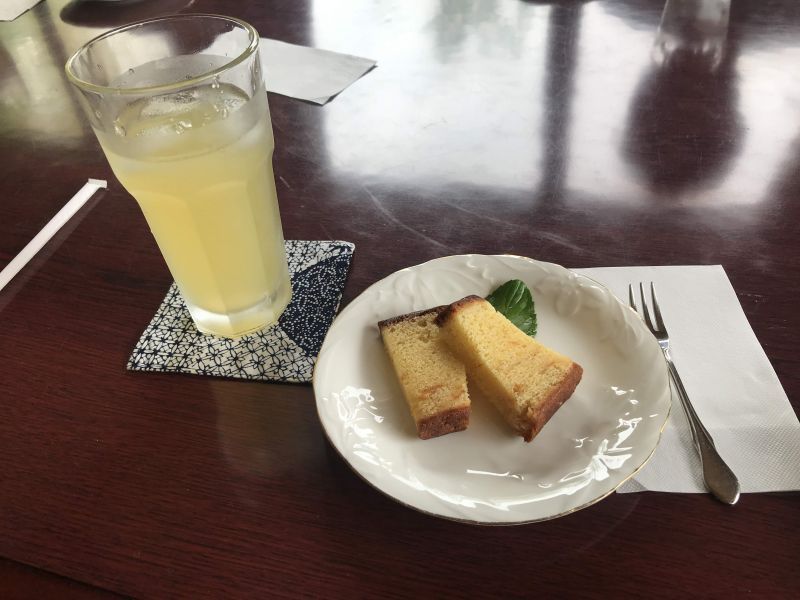
Our final destination was Kumano, however along the way we took a break from the driving at Tenmasou, a house surrounded by colorful flowers and other seasonal greenery located in Owase. The Tenmasou is a traditional Japanese house built in 1925 that today serves as a non-profit organization and local coffee shop. As we walked the steps up to the house, we were greeted by Matsui-san, the manager of the house. We entered and waited in the guest room where we were served fresh amanatsu juice and pound cake. Given that this was my first time trying amanatsu, I asked what it was and Matsui-san quickly went to the kitchen and gifted me two amanatsus grown in the house’s garden. Known as the Japanese summer orange, an amanatsu has an orange-yellow color with a sweet and sour flavor. I felt warmed by her kind hospitality and was grateful for the fruit gifts.
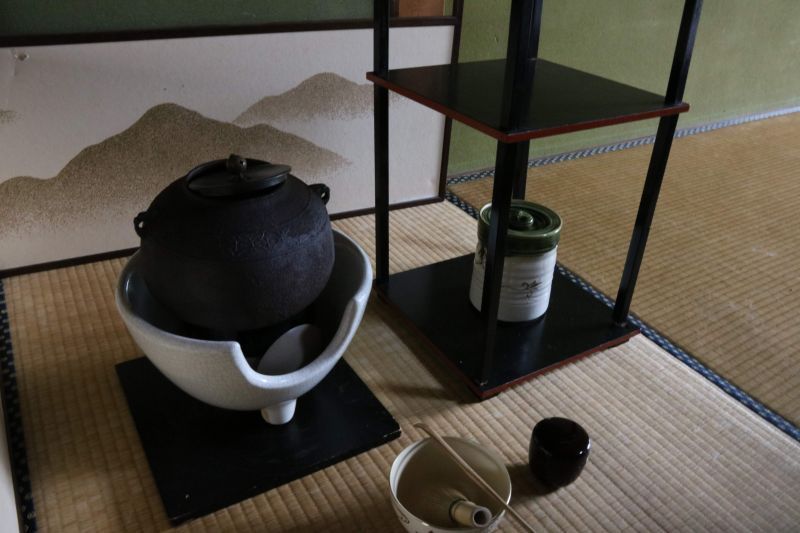
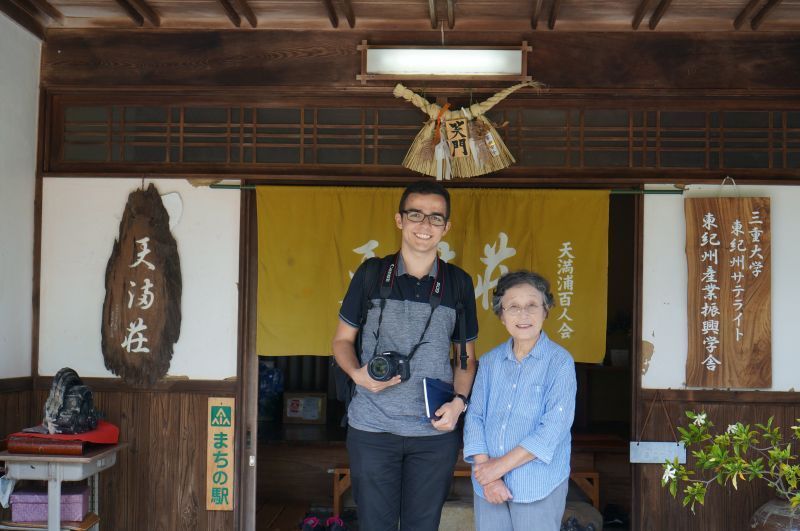
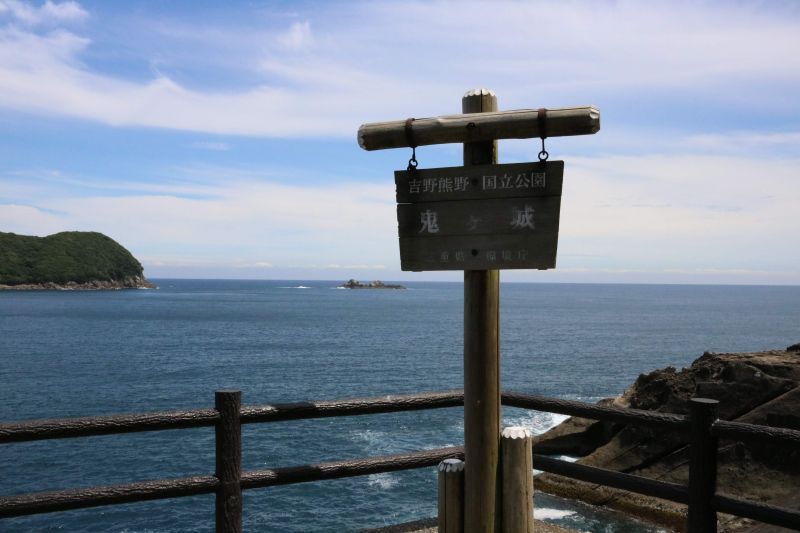
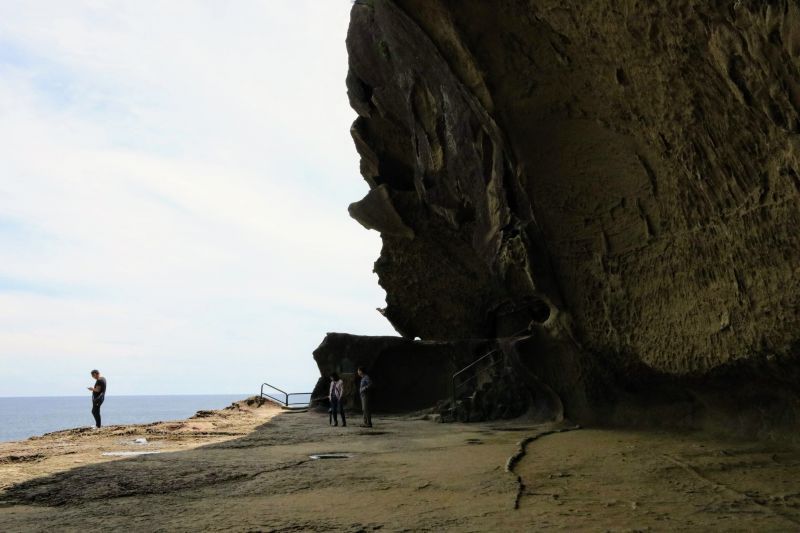
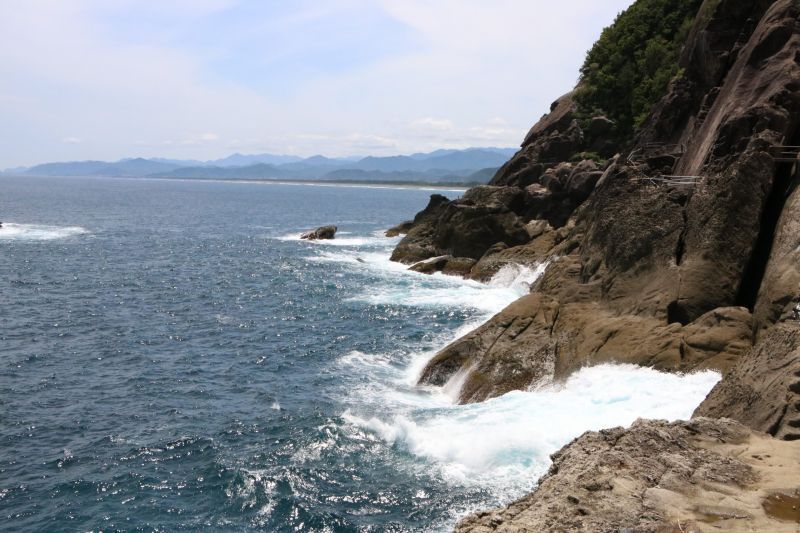
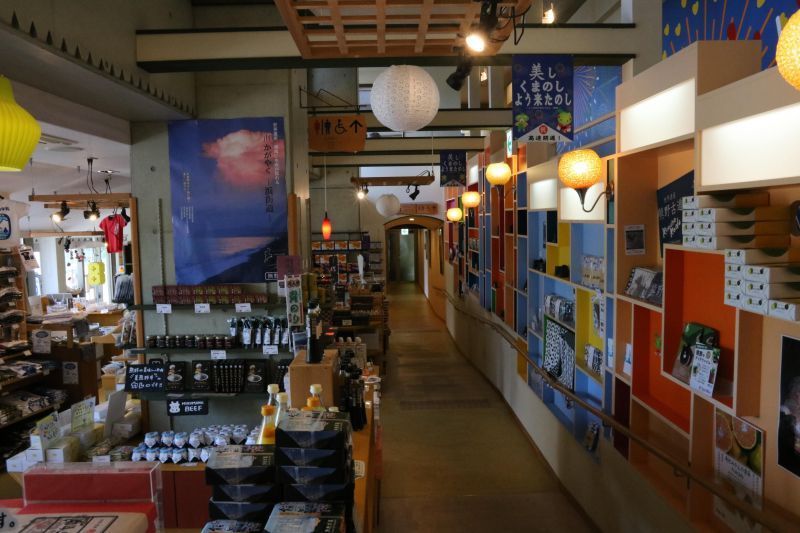
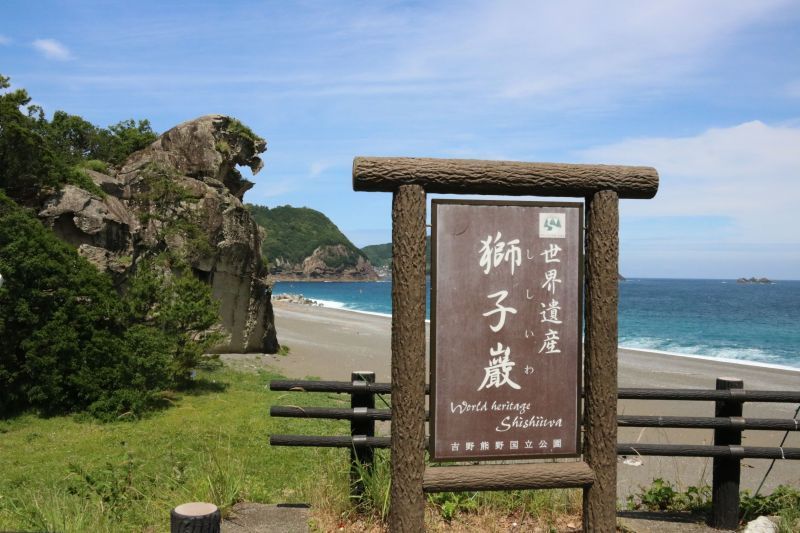
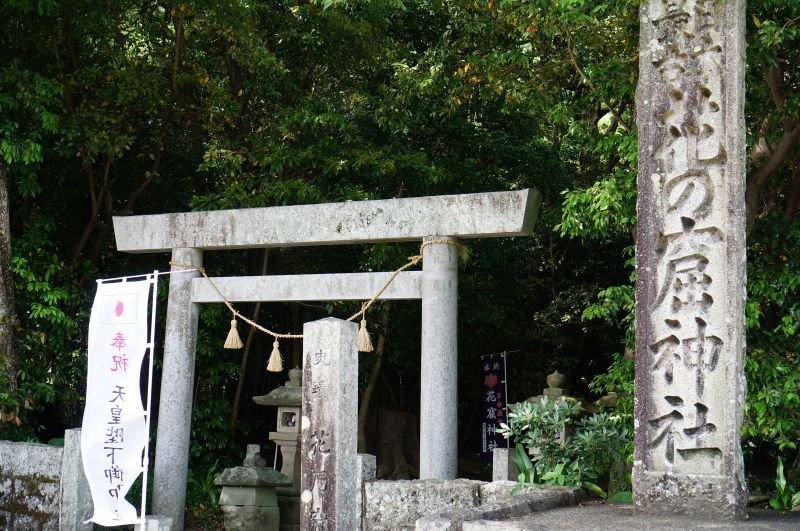
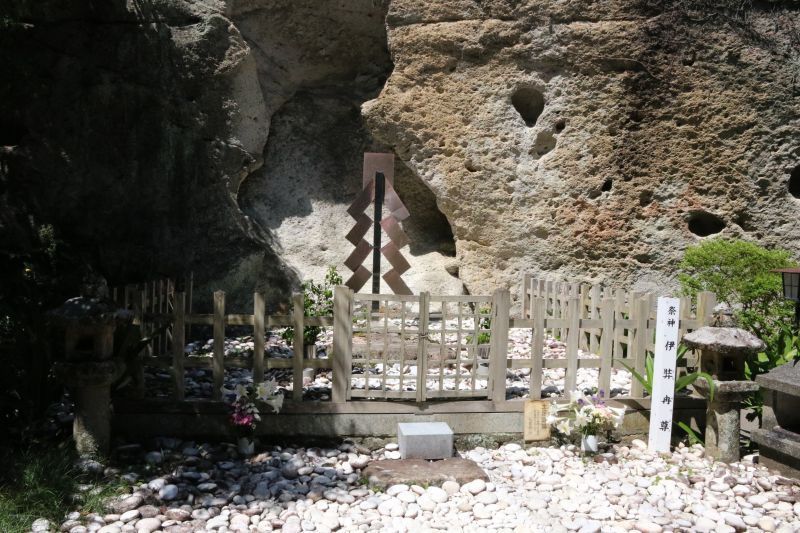
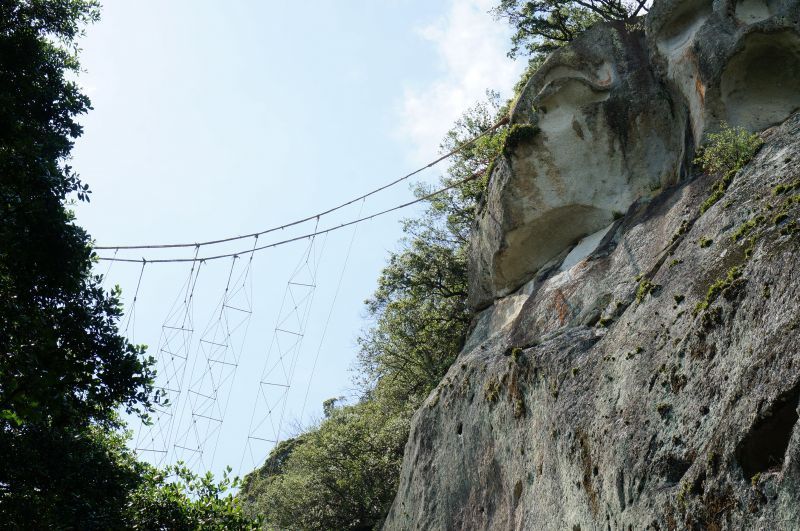
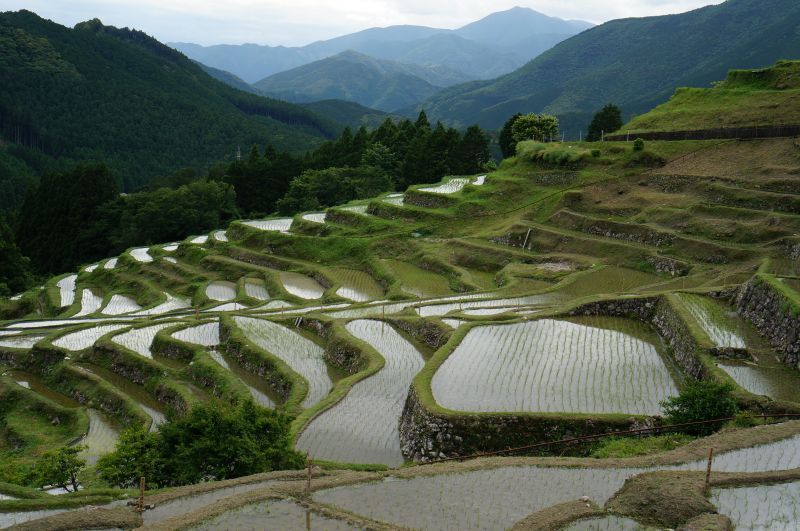
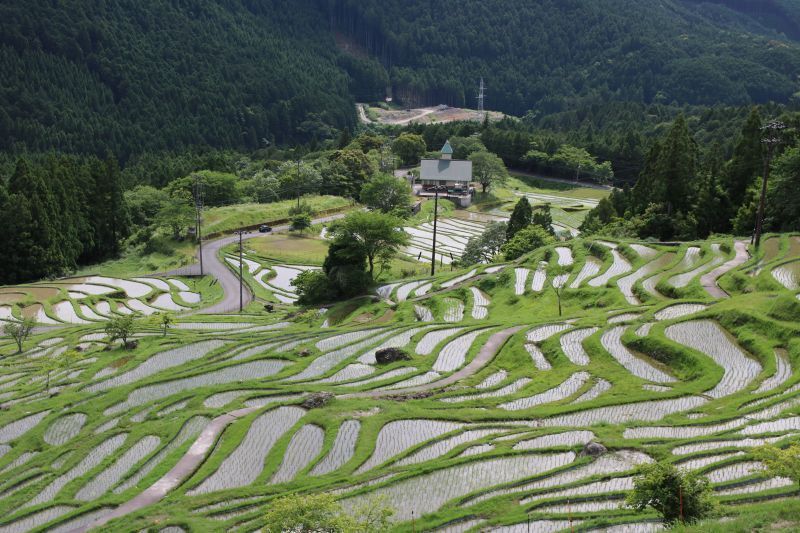
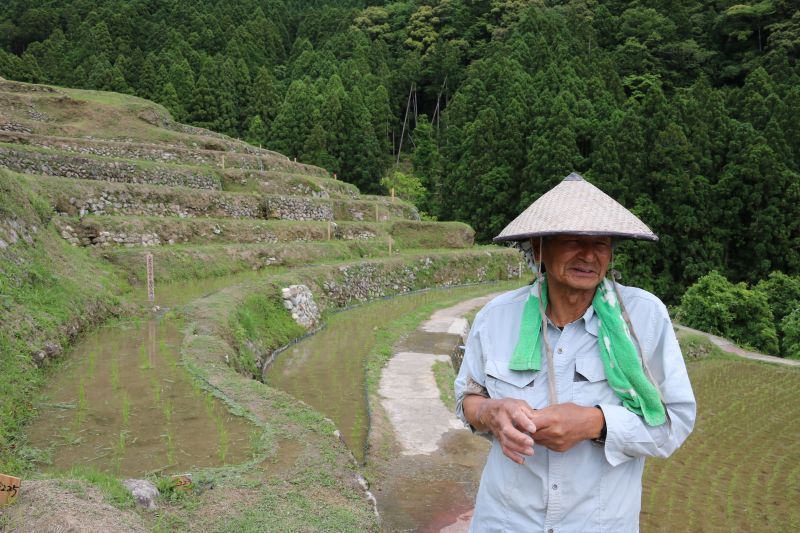
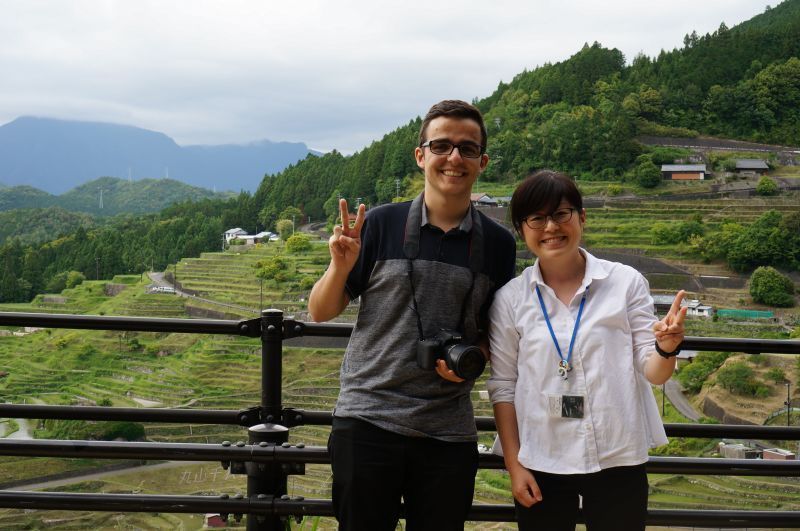
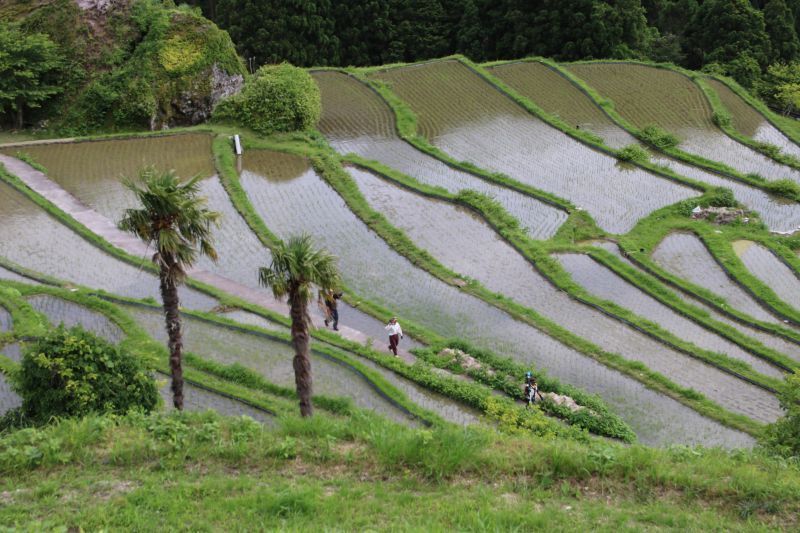
Transportation -- How to Get There:
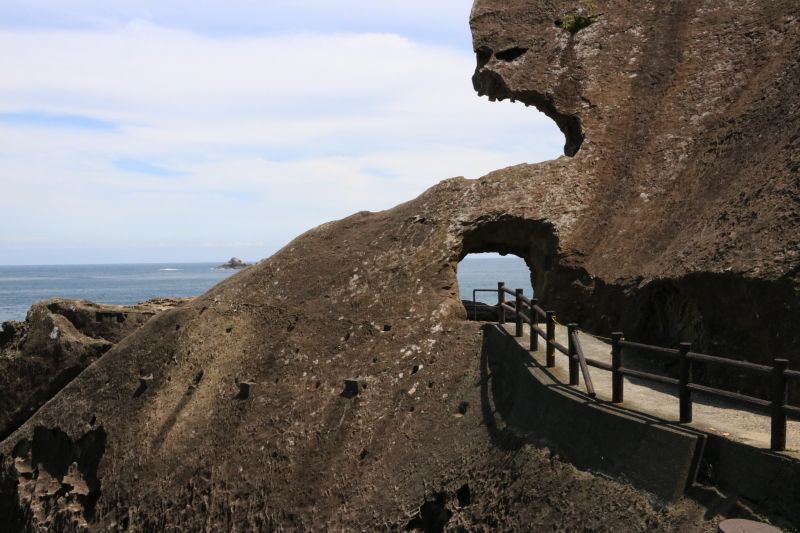
My Itinerary:
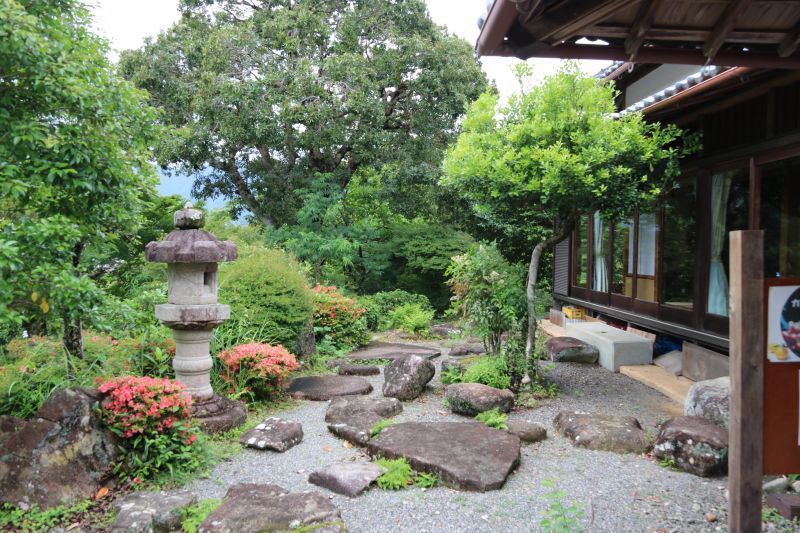
9am - Depart from Tsu towards Kumano area.
10:30am - Arrival at Tenmasou
11:15am - Depart from Tenmasou to Onigajo
11:45am - Arrival at Onigajo, UNESCO World Heritage Site
12:45pm - Depart Onigajo for the Hananoiwaya Shrine
1:00pm - Lunch Break
2:00pm - Arrival at Hananoiwaya Shrine
3:00pm- Depart Hananoiwaya Shrine towards Maruyama Senmaida
3:30pm - Arrival at Maruyama Senmaida
4:30pm - Depart Maruyama Senmaida and return back to Tsu
6:00pm - Arrival at Tsu
Addresses:
:161 Tenmaura, Owase City, Mie Prefecture
Onigajo
:1835-7 KinomotochoKumano, Mie 519-4323
Hananoiwaya Shrine
:130 Arima-choKumano City, Mie Prefecture
Maruyama Senmaida
:Maruyama, Kiwa-choKumano City, Mie Prefecture